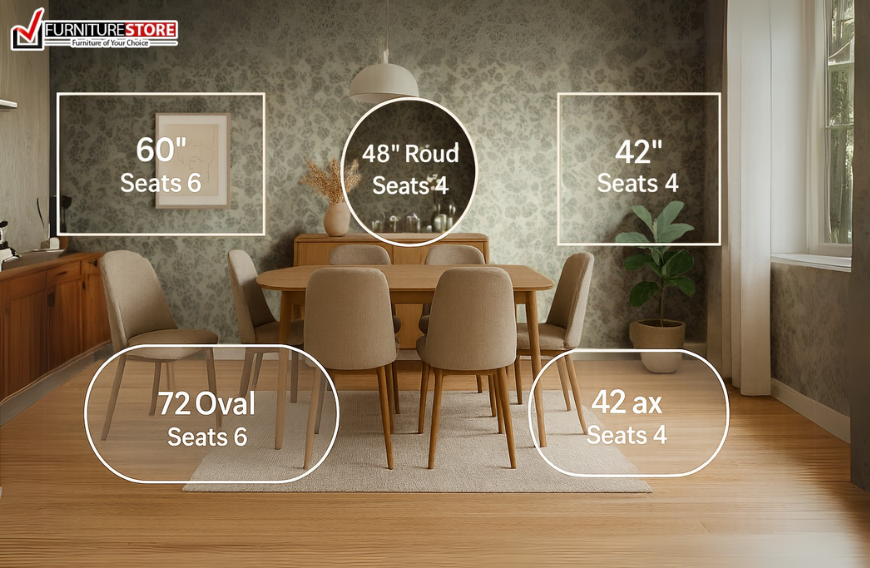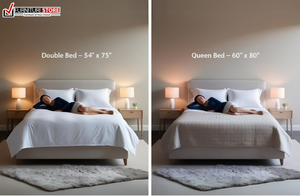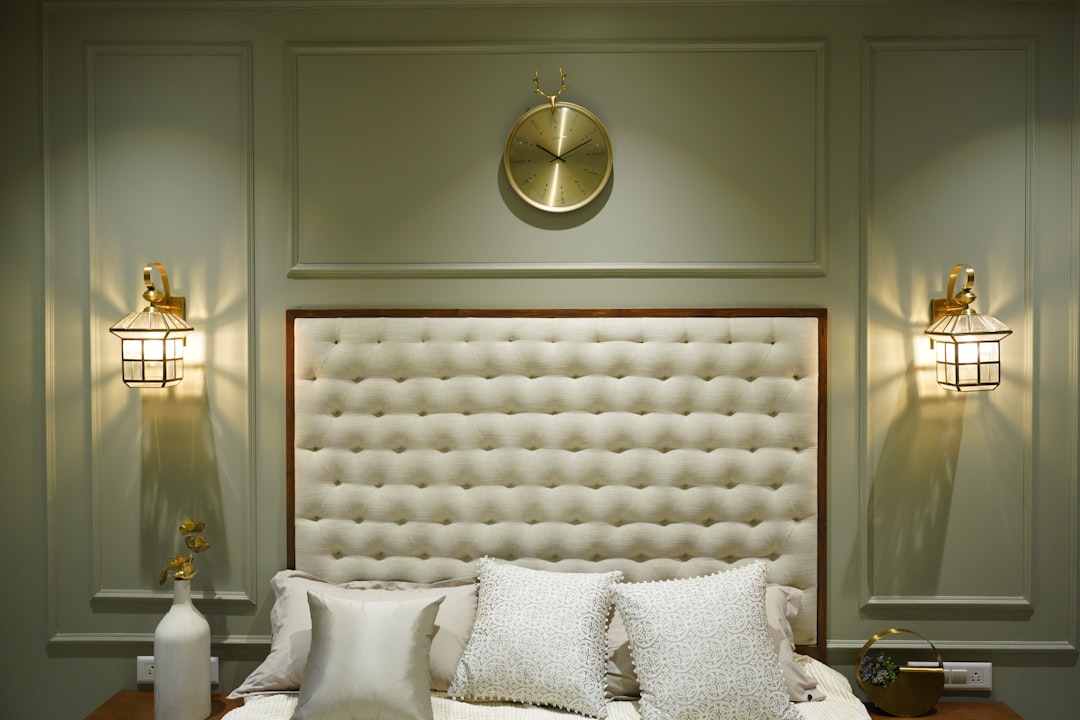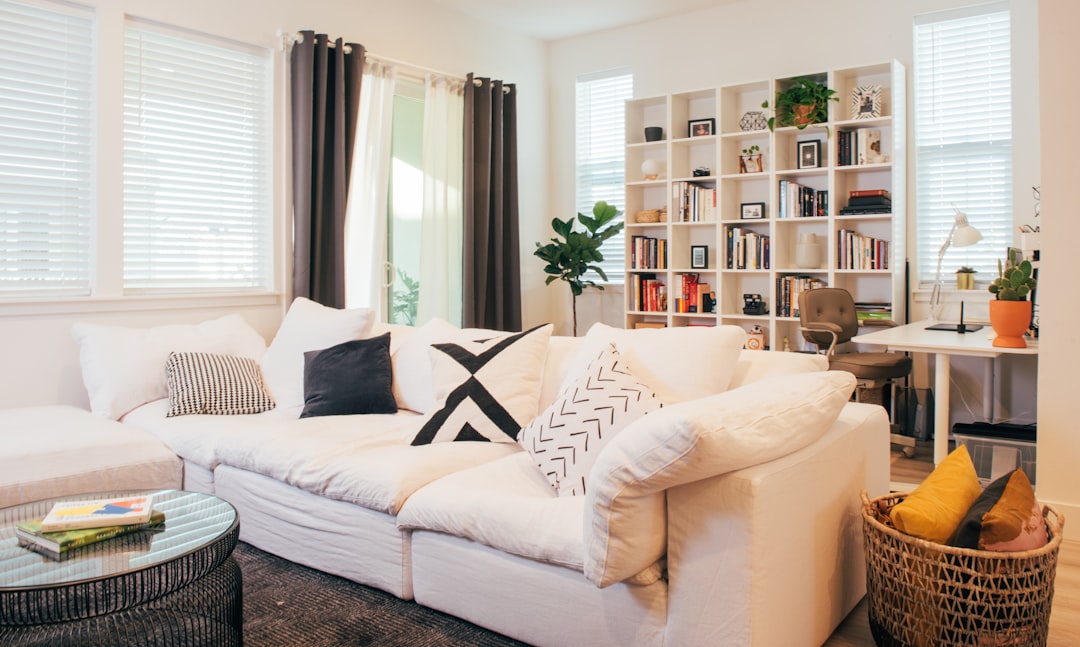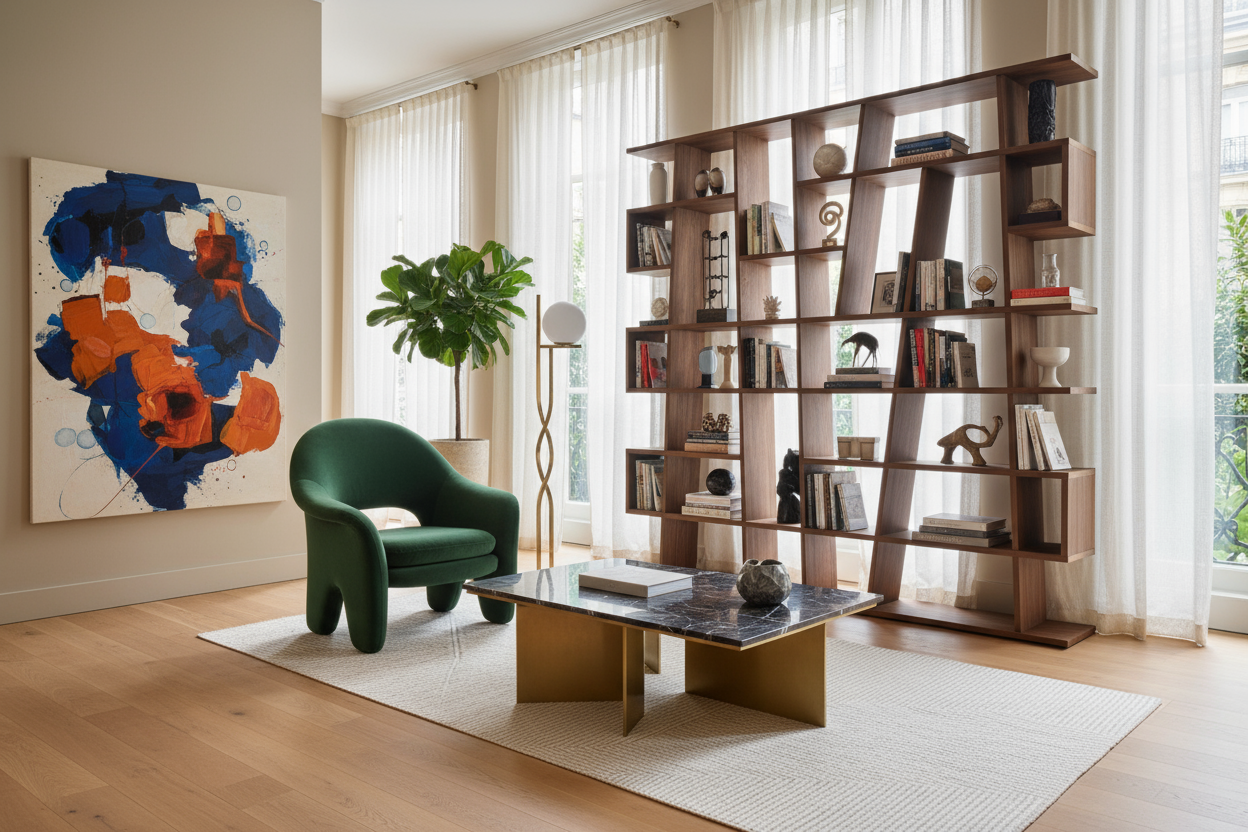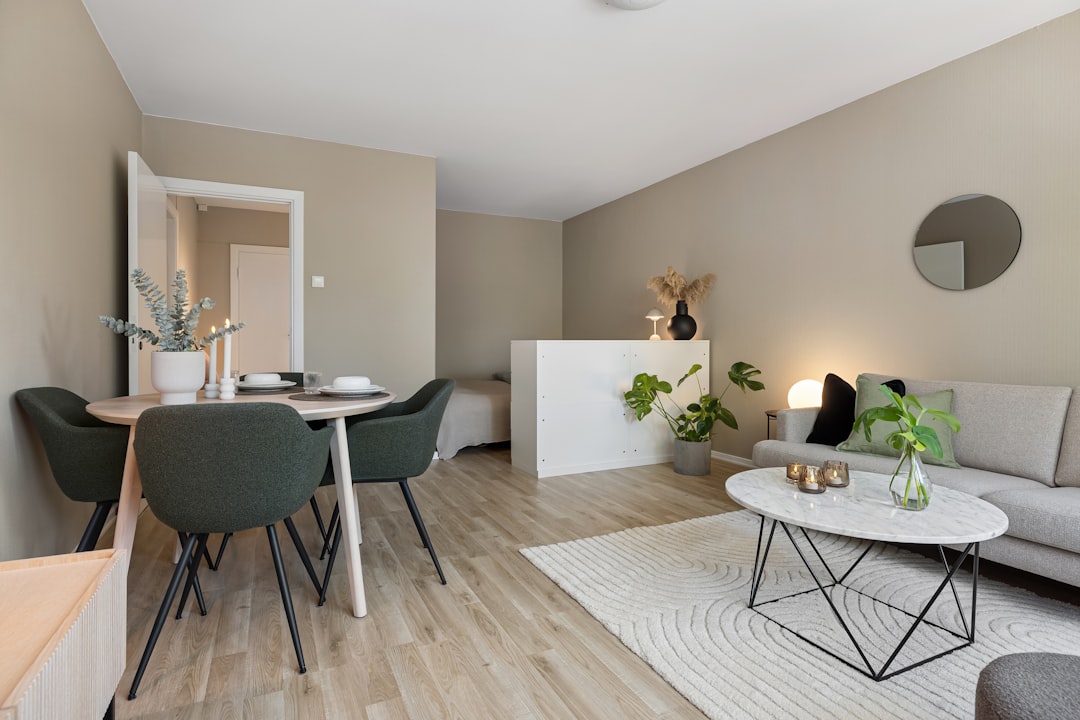Choosing the right dining table size isn't just about what fits in a room. It's about making your space feel welcoming, functional, and suited to your lifestyle. A well-sized dining table brings people together without making the room feel cramped. Whether you're furnishing a formal dining room or creating a cozy corner in the kitchen, knowing the dimensions of dining room table options can save you from costly mistakes.
Before buying, it's essential to think about the room size, seating needs, and how the shape of the table interacts with your space. The right size table makes daily meals and entertaining easier, offering both comfort and harmony in your design.
Begin your furniture planning with our dining furniture sets collection, designed to help you see how different layouts and sizes will fit your space.
Standard Dining Table Dimensions and Shapes
When it comes to choosing a dining table, most models follow standard dining table sizes, whether rectangular, round, square, or oval. These dimensions offer a reliable baseline for both aesthetics and usability.
Rectangular Tables
Rectangular tables are the most common type and work well in a variety of room shapes. They're especially practical for long and narrow spaces.
Standard widths: 36" to 42"
Common lengths and seating capacities:
-
48" (4 ft): Seats 4
-
60–72" (5–6 ft): Seats 6
-
84" (7 ft): Seats 8
-
96–108" (8–9 ft): Seats 10
-
120" (10 ft): Seats 12
If you plan to host larger groups frequently, rectangular tables offer maximum flexibility in accommodating more guests. You can match these with any style from our dining chair set collection.
Round Tables
Round tables create a more intimate dining experience and are ideal for square or smaller dining areas. They encourage conversation by allowing everyone to face each other without corners.
Diameter and seating capacity:
-
36" (3 ft): Seats 4
-
48" (4 ft): Seats 4–6
-
60" (5 ft): Seats 6–8
-
72" (6 ft): Seats 8–10
Square Tables
Square tables are perfect for small, square rooms. They provide equal access for all diners and are great for casual meals or compact layouts.
Typical sizes:
-
36–60 inches across
-
Seats 4 to 8 comfortably depending on size
Oval Tables
Oval tables combine the practicality of a rectangular shape with the intimacy of a round design. They're excellent in narrow rooms where rounded edges make traffic flow easier.
Explore more shape-compatible furniture like wine racks furniture, which adds function without cluttering visual space.
Table Height
The standard size of table height is important for choosing matching chairs and creating a balanced look. Here are typical height categories:
-
Standard height: 28–30 inches (ideal for most dining chairs)
-
Counter height: 36 inches (pairs with counter stools)
-
Bar height: 42 inches (suitable for bar stools)
Standard height is the most popular and suits both casual and formal dining settings.
Calculating the Right Table Size for Your Room
Before choosing a table, start by measuring your dining space. You’ll want to leave enough room around the table for people to walk, pull out chairs, and move freely. This step is essential in selecting the right dining table size that actually works in your layout.
How Much Space Should You Leave Around the Table?
Allow a minimum of 36 inches of clearance on all sides of the table. This ensures chairs can be pushed back without hitting walls or nearby furniture.
Use this formula to calculate table size:
-
Table length = Room length – 72 inches
-
Table width = Room width – 72 inches
For example, if your room is 12 feet (144 inches) long and 10 feet (120 inches) wide, your maximum table dimensions would be 72 inches long by 48 inches wide.
Also, consider fixed elements like radiators, buffets, or window sills. Every inch matters when you're planning how furniture fits together.
Seating Capacity Guidelines
Comfortable seating depends on how many people you plan to seat and how often. It’s also influenced by the type of base the table has (pedestal vs. trestle vs. four-leg).
Here’s a quick guide:
-
Allocate 24 inches of table length per diner.
-
For round tables, account for elbow room and the diameter. Larger tables may need a lazy Susan for convenience.
For example:
-
A 72" rectangular table seats 6–8 comfortably.
-
A 60" round table seats 6.
Keep in mind that pedestal bases often provide more legroom, while trestle or thick corner legs may reduce usable space.
Table Shapes and Best Room Fits
Understanding the shape of your table helps determine how well it functions in the room.
Rectangular Tables
Best for long rooms and large families. Great for seating many people without overcrowding.
Round Tables
Perfect for square rooms. They create a warm and social atmosphere. Useful for small gatherings or compact layouts.
Square Tables
Ideal for small, square spaces or breakfast nooks. They promote intimacy and work well with fewer chairs.
Oval Tables
Fit well in narrow rooms. Their curved edges offer a softer look and help with space flow. A practical mix of style and seating.
Expandable Tables and Flexibility
Expandable or extendable tables are practical if your space needs to serve multiple functions. These tables can shrink for daily use and expand for holidays or guests.
Drop-leaf tables are another option for tight spaces. They can be placed against a wall or in a corner when not in use, offering maximum flexibility.
If you're furnishing a space from scratch, coordinating your layout with a complete dining room furniture collection ensures a unified and proportionate look.
Additional Considerations When Choosing Table Size
Table-to-Rug Ratio
If you’re placing your table over a rug, ensure the rug extends at least 24 inches beyond the edges of the table. This ensures chairs stay on the rug when pulled out.
Chair Clearance
Make sure chairs can be pushed back comfortably. If the space is tight, opt for armless or stackable chairs.
Table Shape vs. Room Shape
The shape of your room should influence the shape of your table. For example, a rectangular room usually suits a rectangular or oval table. A square room works best with a round or square table.
Consider Existing Furniture
Leave space for items like cabinets, wine racks, or buffets. Measure and factor them into your layout to avoid overcrowding.
Final Thoughts
The right dining table size transforms your room from a simple eating area into a functional, beautiful space. Start by measuring your room, then match it with your lifestyle, seating needs, and design taste. Knowing the standard dimensions of dining table shapes will help you find a model that fits just right.
By understanding the standard dining table sizes, room layout, and seating guidelines, you’ll avoid common mistakes and ensure your table feels like a natural part of your home. Choosing based on the correct dimensions of dining room table options will improve flow, boost comfort, and make everyday use more enjoyable.

